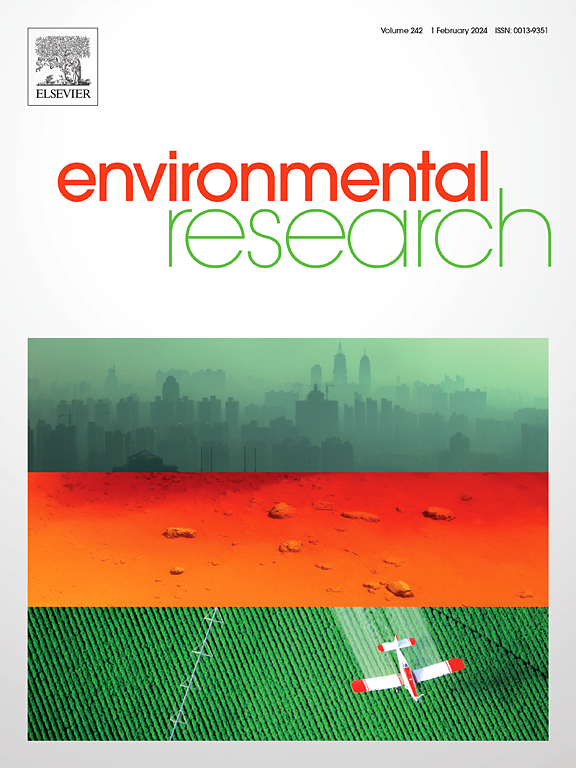Phytoplankton response to artificial and natural mixing in a warm stratified drinking water reservoir: A simultaneous comparative study
IF 7.7
2区 环境科学与生态学
Q1 ENVIRONMENTAL SCIENCES
引用次数: 0
Abstract
Artificial mixing is usually one of the means to improve water quality in reservoirs or lakes. In this study, XiKeng Reservoir (XKR), which was equipped with water-lifting aerators (WLAs) capable of artificial mixing, was selected in southern China. Using two phytoplankton classification methods (taxonomic and functional groups), high-frequency monitoring was synchronized for six months in the old and new reservoir areas to investigate the characteristics and mechanisms of phytoplankton response to artificial mixing and natural mixing, and to compare the differences between the two mixing processes. The results showed that both artificial and natural mixing significantly decreased phytoplankton abundance in the surface water layer. The phytoplankton abundance in the vertical dimension became homogenized with complete water column mixing. During the artificial mixing process, the phytoplankton shifted from Cyanobacteria to Bacillariophyta, and the functional groups shifted from M, SN, and S1 to P and D. The taxonomic groups shifted in line with artificial mixing during the natural mixing process, while the functional groups shifted from SN and S1 to P. While the mixing depth (Zmix), light availability (Zeu/Zmix; the euphotic depth (Zeu)), and relative water column stability (RWCS) were the main drivers of phytoplankton change due to artificial mixing at XKR, the natural mixing process was driven by RWCS and water temperature (WT). This study also provided a successful example of effective control of phytoplankton overgrowth in a warmly stratified drinking water reservoir, which will be valuable to water quality and ecological managers.

求助全文
约1分钟内获得全文
求助全文
来源期刊

Environmental Research
环境科学-公共卫生、环境卫生与职业卫生
CiteScore
12.60
自引率
8.40%
发文量
2480
审稿时长
4.7 months
期刊介绍:
The Environmental Research journal presents a broad range of interdisciplinary research, focused on addressing worldwide environmental concerns and featuring innovative findings. Our publication strives to explore relevant anthropogenic issues across various environmental sectors, showcasing practical applications in real-life settings.
 求助内容:
求助内容: 应助结果提醒方式:
应助结果提醒方式:


